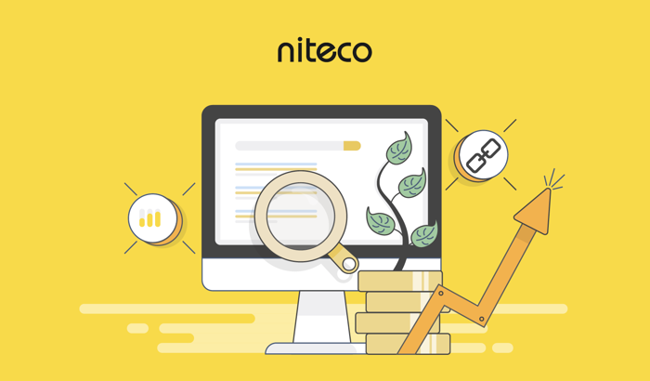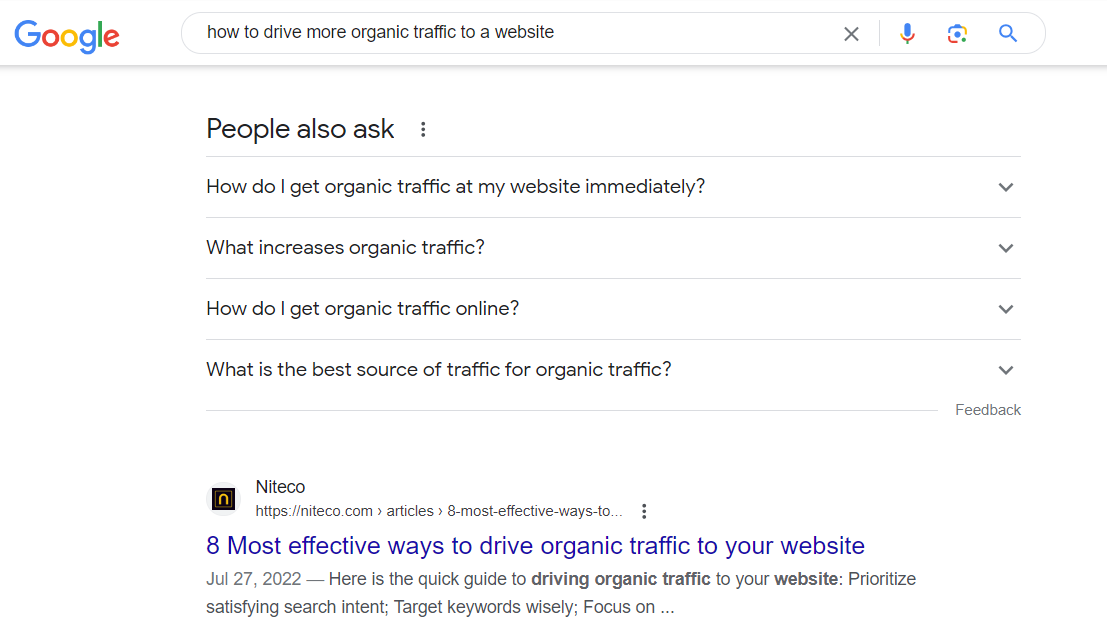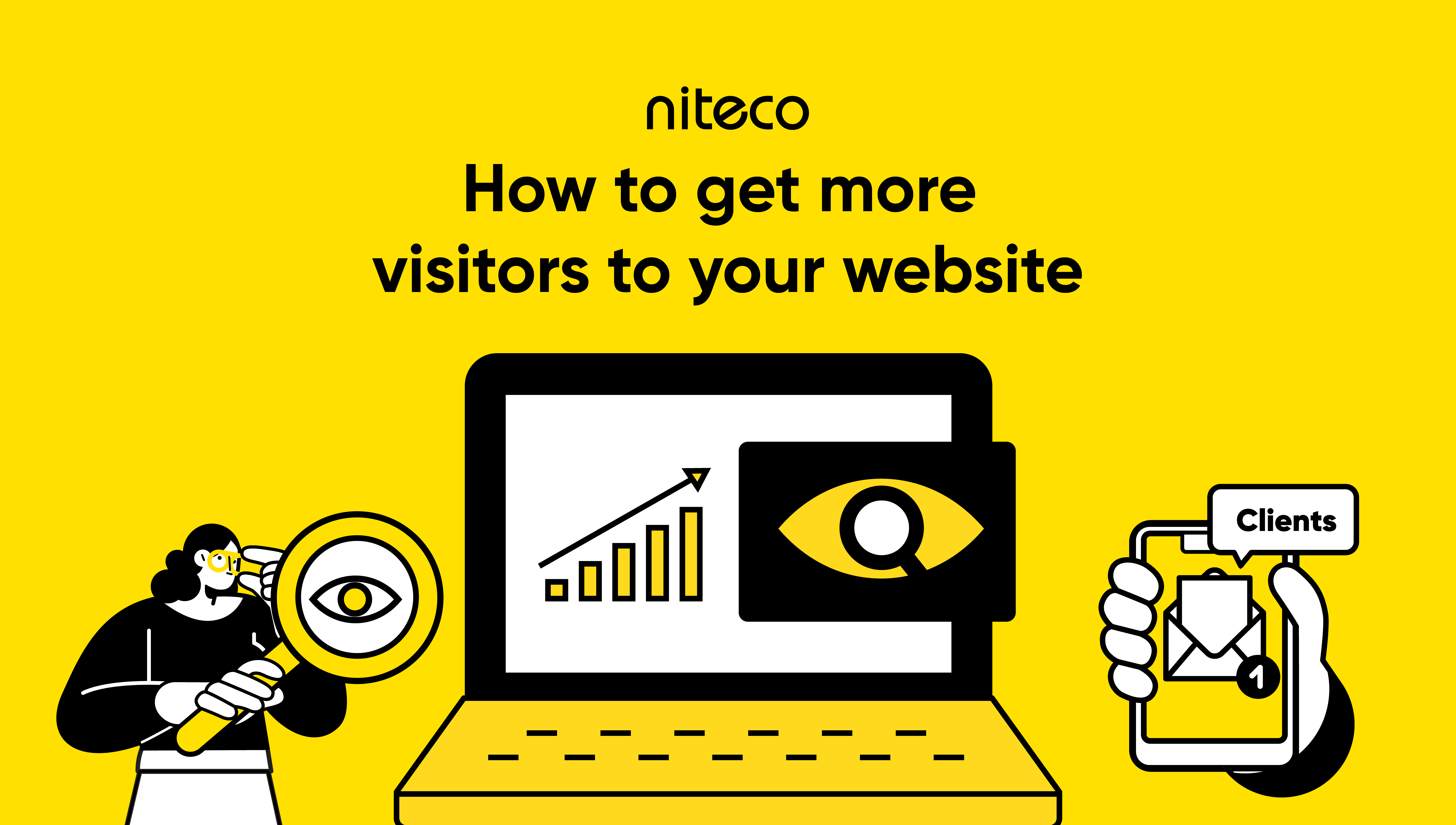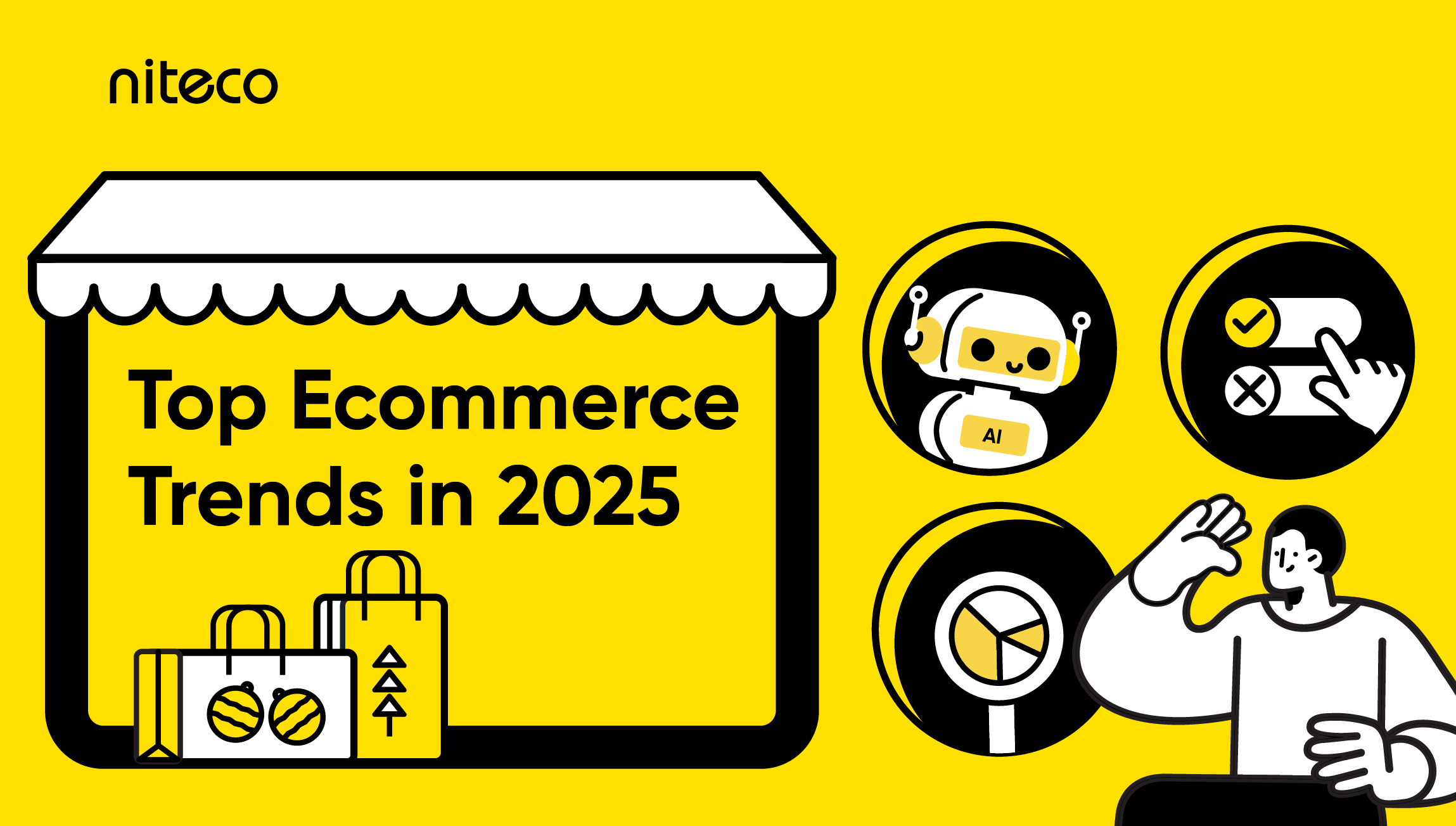Have you been struggling with driving more traffic to your website? Maybe you’ve tried creating more blog posts and boosting your social media presence, but things don’t seem to work out? Generating website traffic has never been an easy task, not to mention driving more organic traffic to your website.
In this article, we’re going to introduce the 10+ most effective (and free!) ways to drive organic traffic to your website.
Here is the quick guide to driving organic traffic to your website and helps you rank higher in search engines like Google.
But first, what is organic traffic?
Organic traffic refers to the visits a website receives due to unpaid search results in search engines like Google, Bing, or Yahoo. Organic traffic is the opposite of paid traffic, which defines the visits generated by paid/sponsored ads.
Incidentally, the branch of digital marketing that focuses on improving organic traffic is called search engine optimization (SEO). This is the process of improving the quality and quantity of your website traffic, leading to better visibility of your products or services on search engines.
So why do you need more organic traffic?
Users who type a query in a search engine usually have a specific intent. If you can provide them with an answer to their question or a solution to their problem, you’ll potentially gain a new customer (plus a new social media follower or a new email subscriber!).
What’s more, organic traffic is one of the main factors that increase website trust and tends to have better and more stable conversion rates than paid traffic in the long run. Also, let’s face it, don’t all of us tend to click on websites that rank in the top of Google organically? According to Semrush, a visitor coming from this source of traffic is more likely to convert than a visitor coming from social media.
Therefore, organic traffic is one of the main traffic sources that digital marketers focus on - because once you’ve succeeded, you’ve got yourself a long-term source of traffic.

12 ways to drive more organic traffic to your website
1. Prioritize satisfying search intent
Understand what your users are looking for
Search intent is the reason behind a user's search query. It's essential to understand what your users are looking for to create content that meets their needs. If your content doesn't fulfill user intent, it can lead to a bad user experience, which can negatively impact your website's ranking.
3 basic types of search intent:
- Informational: Users looking for information or answers to questions.
- Navigational: Users searching for a specific website or resource.
- Transactional: Users looking to make a purchase or take a specific action.
Here are free and easiest ways to identify search intent:
- Put yourself in your audience's shoes: Think about your target audience and what they're looking for. What are their pain points, and what solutions are they seeking?
- Use keyword research tools: Utilize tools like Ahrefs, SEMrush, or Moz to identify the search intent of the keywords you need.
- Analyze the SERPs: Study the content and structure of top-ranking pages for your target keywords. Identify patterns and common themes that can help you create content that meets user intent.
Why prioritizing search intent matters:
By prioritizing search intent, you can:
- Create content that meets user needs and expectations
- Improve user experience and engagement
- Increase your website's ranking and visibility
- Drive more relevant traffic and conversions
Discover how to effectively utilize ChatGPT to elevate your digital marketing efforts and maximize its potential.
2. Target keywords wisely
Choose specific keywords
Keyword targeting is an essential method for driving traffic to your site. One tip we’d recommend is to use keywords that are more specific to your products or services instead of using the ones with the highest search volume.
Short-tail vs. Long-tail keywords:
The keywords you target may be either short or long-tail, and in some cases, a combination of both can be utilized with close interrelation. Short-tail keywords, also known as head terms, represent search queries covering broad topics with substantial search volumes.
Conversely, a long-tail keyword typically consists of three to more than five words, providing greater specificity and generally yielding lower search volume. Due to the keywords being more specific, brands can attract traffic closely aligned with their content, enhancing their ability to effectively engage new customers in the sales cycle. Additionally, customers can access content better aligned with their goals, contributing to higher satisfaction rates.
One notable advantage of long-tail keywords lies in their resemblance to natural language used in everyday conversations. This characteristic proves particularly advantageous in the context of the growing prevalence of voice searches. The compatibility with natural language enhances the effectiveness of long-tail keywords, making them more adept at catering to the nuances of voice-based search queries.
Conduct thorough research
You can use the tools mentioned above to identify relevant keywords and topics related to your business or study your competitors' keyword strategies and identify gaps in the market. This is the most important step to increase organic traffic, so don’t mind spending time on it, or you can hire an SEO expert team. At Niteo, our expert SEO team can help you develop a tailored keyword strategy that drives real results.
3. Technical SEO: Help search engine understand your website easily
To drive organic traffic, it's essential to ensure search engines can read and understand your website. Otherwise, it’s like you have a beautiful house but you don’t appear on the city map so no one can find it. Here are a few key areas to focus on:
- Ensure your website is crawlable by search engines: Make sure search engines like Google can crawl and index your website. Think of it like submitting a map to help Google find all the rooms in your house (website). Besides, you can use reporting tools like Google Search Console, Ahrefs and Screaming Frog to find the issues and fix them.
- Add schema markup: This code helps search engines understand what your content is about. It's like adding labels to your files, so search engines can categorize and show them to users.
4. Repurpose and refresh old content consistently
If you had to choose between two blog posts on building a website, would you read the one published in July 2021, or the one published in July 2025?
Believe it or not, even if you choose the one published last year, Google is still going to reward freshness. That way, by updating old blog posts, you will be able to get new visits that potentially lead to new social shares and customers.
Using historical optimization, HubSpot was able to update and republish old blog posts that saw an increase in organic traffic by as much as 106%. By doing this, they built off an existing search authority the post had already accumulated, which is better than starting from scratch.
So how can you get started? Here are some of our tips for refurbishing your content:
- Identify blog posts that are worth updating. One way of doing this is to analyze the data for the content with Google Analytics (GA) and Google Search Console (GSC). If you see a post that is outdated, but has the potential to rank higher for keywords with high search volume, then this is an opportunity for you to refresh some old content.
- When it comes to content updating, look out for accuracy, freshness, and comprehensiveness. Does your content contain a piece of information that used to be accurate last year, but has become obsolete year? Make sure to update it. Some of the things you might want to update are:
- Statistics
- Irrelevant images
- Broken links
- Writing - Well, it’s never too late to improve your content! You can start off by making your sentences and paragraphs shorter.
5. Optimize internal links
An internal link is a type of hyperlink from one page of your website to another within the same website. Optimizing internal links for your website can be a low-cost, but highly effective SEO technique that doesn’t take much of your time and resources.
With internal linking, you can:
- Distribute the value of backlinks to your pages
- Help users navigate to the content that is most relevant to them
Also, if your blog post has internal/external links to a certain extent, this is a signal to Google that the article is essential. You may already know that this applies mainly to external links – but actually, this also counts for internal links. But remember, don’t overuse internal links, as too many of them could make it look like spam.
6. Invest in building backlinks
Backlinks, also called inbound links or incoming links, are links on a website other than your own that go back to a page on your website. Your backlinks profile overall is an indicator of how well-liked your website is with users (this acts as a “vote of confidence” for your website). In fact, it’s the third biggest ranking factor for Google’s algorithm. In SEO, this is known as off-page SEO.
Building backlinks to your site definitely takes some time and effort. However, you can get started by:
- Creating list posts: How-to posts, explainer posts, infographics and posts with embedded videos and multimedia. These diversified content formats are proven to get more backlinks than standard posts.
- Writing long-form guide posts
- Reaching out to influencers in your niche or industry and letting them know about articles published on your site that they might want to link to.
7. Examine current data and metrics
If you want to focus on growing your organic traffic, analyze your current data. By examining your current data, you will be able to get insights in just a few minutes. The cool part is, you’ll be able to cut down on that time you spend on brainstorming ideas by making decisions based on numbers.
With data analytics, you can find out how users behave on your website, where they come from, what keywords they’ve searched for – you get the idea. This enables you to modify and fine-tune your content for more organic traffic. There are a couple of tools when it comes to analyzing data, such as GA and GSC. With GA, for example, you can find out how engaging your pages are as well as how much traffic is converting.
Ultimately, to increase organic traffic, you need to give users what they’re looking for based on both qualitative as well as quantitative research. With a little patience, you’ll have quality advice, quality information and insights to increase the time your users spend on your site.
Learn how to create a dynamic data dashboard for effective data utilizing.
8. Levarage social media to drive traffic
A successful digital marketing strategy doesn’t omit the use of social media. While social media doesn’t directly impact your website ranking like SEO, it still does add tremendous value to your business.
Depending on the types of business you’re operating, focus on one or two platforms. You can start with LinkedIn and Facebook if you’re a B2B company, or Facebook and Instagram if you’re focused on B2C.
Here are some tips:
- Share your content: Promote your content on social media platforms to reach a wider audience.
- Engage with your audience: Respond to comments and messages to build a community and foster engagement.
- Add social share buttons to your site and emails: this makes it easier for people to share your content!
9. Answer questions on Google's People Also Ask
Google's People Also Ask is a snippet that presents users with additional queries from users. For instance, if you input "how to drive more organic traffic to a website," the People Also Ask feature on Google provides further questions that other users have posed that are related to your initial query. These are relevant questions that can assist users in gaining more insights or answers beyond their original search.
The significance of the People Also Ask feature lies in its ability to guide users towards alternative answers for their questions. This is especially useful in cases where the precise phrasing of a query is uncertain, and the initial response may not be the best one. With People Also Ask, users are presented with a range of similar questions and corresponding answers.

10. Focus on improving page speed
Imagine you’re shopping for some clothes online but the website loads really slowly. Do you cringe at that idea alone?
Do you know that nearly 47% of users expect a site to load in 2 seconds or less - and that waiting any longer makes them bounce? And slow-loading websites cost retailers $2.6 billion in annual sales? If you're wondering why your website might be slow, check out this article on common causes and how to fix them.
Slow-loading websites also mean users are spending less time on your site. The less time users spend on your site, the lower your site’s ranking on search result pages, and the less visibility you’ll get. So, improving your website’s speed will not only improve user experience but also your page’s ranking! What is your current page speed? Enter your domain into our free Website Performance Audit Tool, and you can gain valuable insights into critical page performance metrics compared to those of your competitors.
11. Enhance User Experience (UX)
A well-designed user experience (UX) plays a crucial role in driving organic traffic to your website. When users land on your site, they should be able to easily find what they're looking for, navigate through your content, and achieve their goals. A positive UX signals to search engines like Google that your website is relevant, trustworthy, and provides value to users.
Also, don’t forget to look at how your page performs in its mobile version. If it’s not well formatted, change it to avoid mobile users bouncing off your page. It's important to optimize the UX/UI design for your website on mobile, so make sure to follow mobile first design strategy when developing your site.
12. Optimize for generative engine (GEO)
The rise of generative engines, like AI-powered chatbots and virtual assistants, is revolutionizing the way users interact with search engines. Generative Engine Optimization (GEO) enables businesses to optimize their content for these emerging technologies, ensuring their brand stays visible and competitive.
Effective GEO involves creating high-quality, informative, and conversational content that resonates with users and aligns with the nuances of generative engine algorithms.
Read our introduction to generative engine optimization (GEO) for further details.
Bonus: How to check and track your website traffic
Before you start tracking your website traffic, identify your website’s goal. Of course, the endgame is to increase revenue, but there are other things you might want to track such as contact form submissions, email subscriptions, content downloads, etc.
If the goal of your website is to drive leads, you should focus on conversion rate. A high conversion rate means your website is performing well.
When you already have a clear goal, it’s time to check your website analytics. You will be able to see how your website is performing - where your traffic comes from, how visitors engage with your site, whether your digital marketing strategies are working.
One tip we’d recommend is to check your competitors’ website traffic. A lot of helpful information can be revealed when you analyze your competitors’ websites (and social media channels!) such as:
- Pages and posts that bring your competitors the most traffic
- Keywords your competitors are ranking for
- Channels with the most traffic
To do so, check out these best-in-class tools to check the organic traffic of a website:
- Google Search Console
- SEMrush
- Ahrefs
By looking into what brings them the most traffic, you’ll be able to target the same keywords and topics, and strategically bring more organic traffic to your website. Now, that’s a win-win!
Wrap up
So, to drive more organic traffic to your website – ultimately - you might want to optimize for your readers, not search engines. Tapping into the main issues of your prospects with the help of analytics tools will help you create persona-optimized content centered on your market niche, which, in the long run, will definitely lead to conversions.
Learn more about how we helped 15 Electrolux websites have 20% more traffic and more conversions and reach out to us today!
Frequently asked questions about organic traffic
- Run paid ads to boost brand awareness. Read more about PPC guide by DesignRush.
- Hire influencers / KOLs
- Hire post reviews and testimonials
- Try traditional marketing like tv, radio or mail.
- Improve your social media profile descriptions for better results.
- Collaborate with influencers and content creators.
- Conduct flash sales and promotional events.
- Produce search engine optimized blog articles.
- Enhance your product descriptions to attract more customers.
- Offer a free quiz to engage your audience.
- Create YouTube videos related to popular trends.
- Secure media coverage for your brand.
- Google Ads
- Facebook Ads
- LinkedIn Ads
- Twitter Ads
- Instagram Ads
The traffic that comes to your website through search engine results pages (Google, Bing, Yahoo, …) without paying for it is referred to as organic traffic. If your website appears higher in the search results for keywords relevant to your business, it's more likely to lead to an increase in organic traffic.
Website traffic refers to the number of users who access a website. This traffic is typically measured in visits or sessions and is a key metric for assessing how well an online business is attracting an audience.
to transform your business and drive results?



